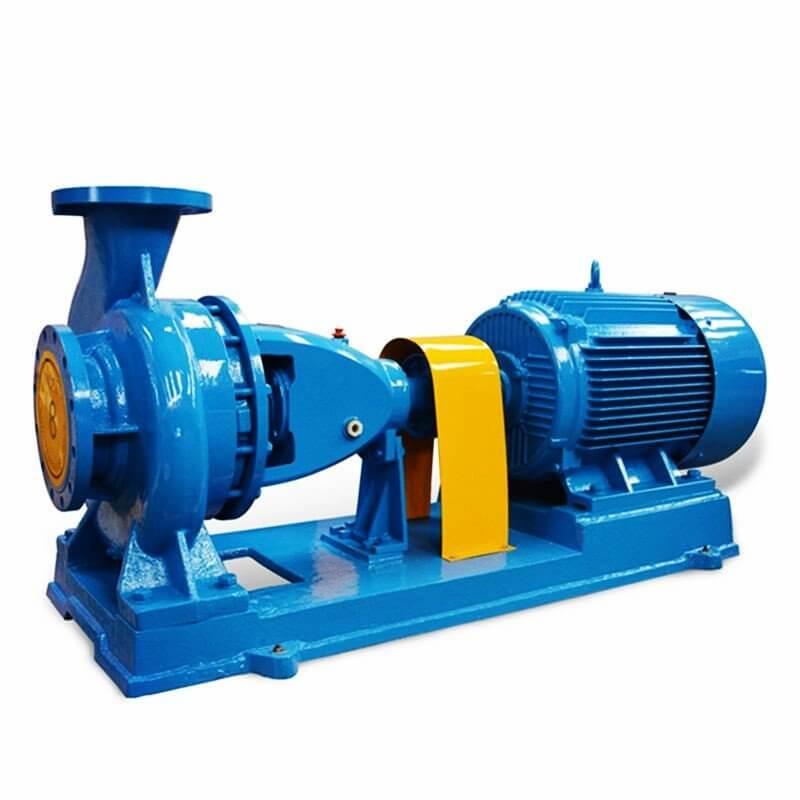Water Pump
Centrifugal water pressure pumps are especially useful for circulating water and transfer liquids and are most often used to filter water, boost water pressure, and aerate standing water. The centrifugal motion of the water in a pump generated by the impeller converts potential energy into mechanical rotational energy. Centrifugal water pressure pumps are commonly sought for their high flow rate, compatibility with abrasive and corrosive mediums, and their relatively simple design. Water pumps generally come in high-, medium-, and low-head models. Low-headed pumps are ideal for discharging high volumes of water and other liquids from shallow liquid depths and work well in mining settings.
Characteristics of The Centrifugal Water Pressure Pump:
- Water flows and is sucked along in an axial direction of the impeller of the pump and flows perpendicularly to the axial direction. In other words, the water flows in and out in 90-degree angles.
- Water must be present in the pump and suction pipe before it is started, or a vacuum pump must be used to exhaust air to form a tight vacuum seal on the pump and suction pipe. If an air leak is present, the pump will not form a vacuum, and it will not suck.
- As it is impossible to form a perfect vacuum at the inlet of the impeller, the suction height of the centrifugal pump cannot exceed 10 meters. In addition, along with the loss caused by the water flowing through the suction pipe, the actual allowable installation height (the height of the pump axis from the suction surface) is much smaller than 10 meters. If the pump is installed is too high, it will not absorb water.
The altitude of the area where a pump is being used must also be taken into consideration. As high altitude, mountainous areas have lower atmospheric pressures than the plain, their installation heights should be reduced; otherwise, they will not be able to absorb water.


